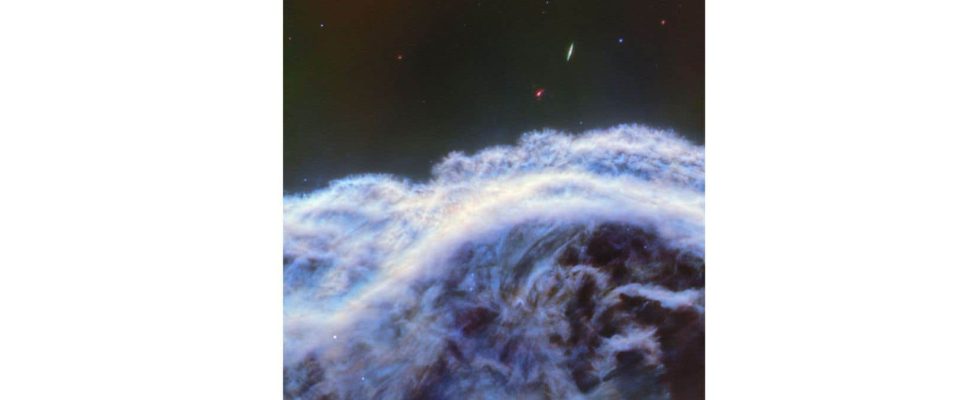The powerful James Webb Telescope has revealed the most detailed images ever taken of the Horsehead Nebula, one of the most recognizable cosmic objects, NASA announced Monday.
These images show the top of the horse’s “mane”, revealing for the first time the smaller structures forming the edge of the nebula — a gigantic cloud of gas and dust.
Located in the nearby constellation Orion, its silhouette is reminiscent of the head and neck of a horse, rising above the clouds.
James Webb, an engineering gem stationed 1.5 million kilometers from Earth, operates in infrared and is capable of revealing details that cannot be seen by other telescopes.
The observations revealed Monday allowed astronomers to better understand how these dust clouds emit and block light, as well as the nebula’s “multidimensional shape,” according to a NASA statement.
The results were published in the scientific journal Astronomy&Astrophysics.
The Horsehead Nebula has fascinated space enthusiasts since its discovery in the late 1800s.
The gas clouds that surrounded it dissipated, but its structure remained present and visible, because it is made up of thicker material.
In about 5 million years, it will also have disintegrated, scientists say.
